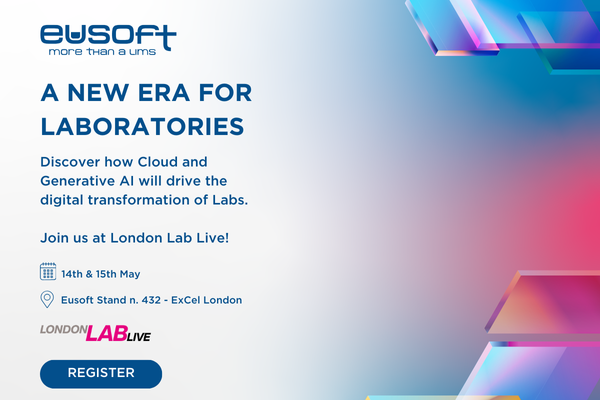Digital technologies are influencing every sphere of our lives, changing the way people think, interact and produce. What does that mean for the future of work?
Three trends are having a profound impact on the future of work. The first one is the Internet of Things, namely the fact that just about anything can be connected and communicate in an intelligent fashion. With the Internet of Things, the physical world is becoming one big information system and consequently the relationship between humans and connected machines is going to affect the working environment.
The second trend has to do with Big Data, or more specifically the process of examining large and varied data sets – including those that are generated by connected devices – to uncover hidden patterns, unknown correlations and other useful information that can help organizations to improve and transform the work environment.
The third trend is the most promising but also the most difficult to realize: becoming a digital enterprise organization. Steering a business through digital transformation requires keeping abreast of rapid change and implementing effective strategies, both at an IT and human level.
So what executives should do to build a digital company? Here an excerpt of the Digital Transformation Report 2017*, in which some effective strategies are described in detail.
- Rethink operations optimization:
- Harness technology for next level of efficiencies by using IoT and sensors to gain new levels of efficiencies.
- Anticipate and solve customer issues before they become critical through real-time monitoring of operations across a wide, dispersed set of end-points and use of predictive modelling to anticipate operational risks.
- Automate processes to significantly increase quality and delivery speed, improve service levels, and efficiently manage people and assets to reduce operational costs.
- Rethink employee empowerment:
- Continuously develop the organization’s digital skill level and productivity by focusing on optimizing the proficiency with new technologies and platforms.
- Use data available from multiple digital sources to gain insights about your workforce and make informed strategic decisions related to optimizing the efficiency.
- Establish digital platforms for open collaboration and communication to drive employee motivation, creativity, flexibility and ultimately productivity.
* Thomas Holm Møller, Digital Transformation Report 2017, Microsoft and QVARTZ.




